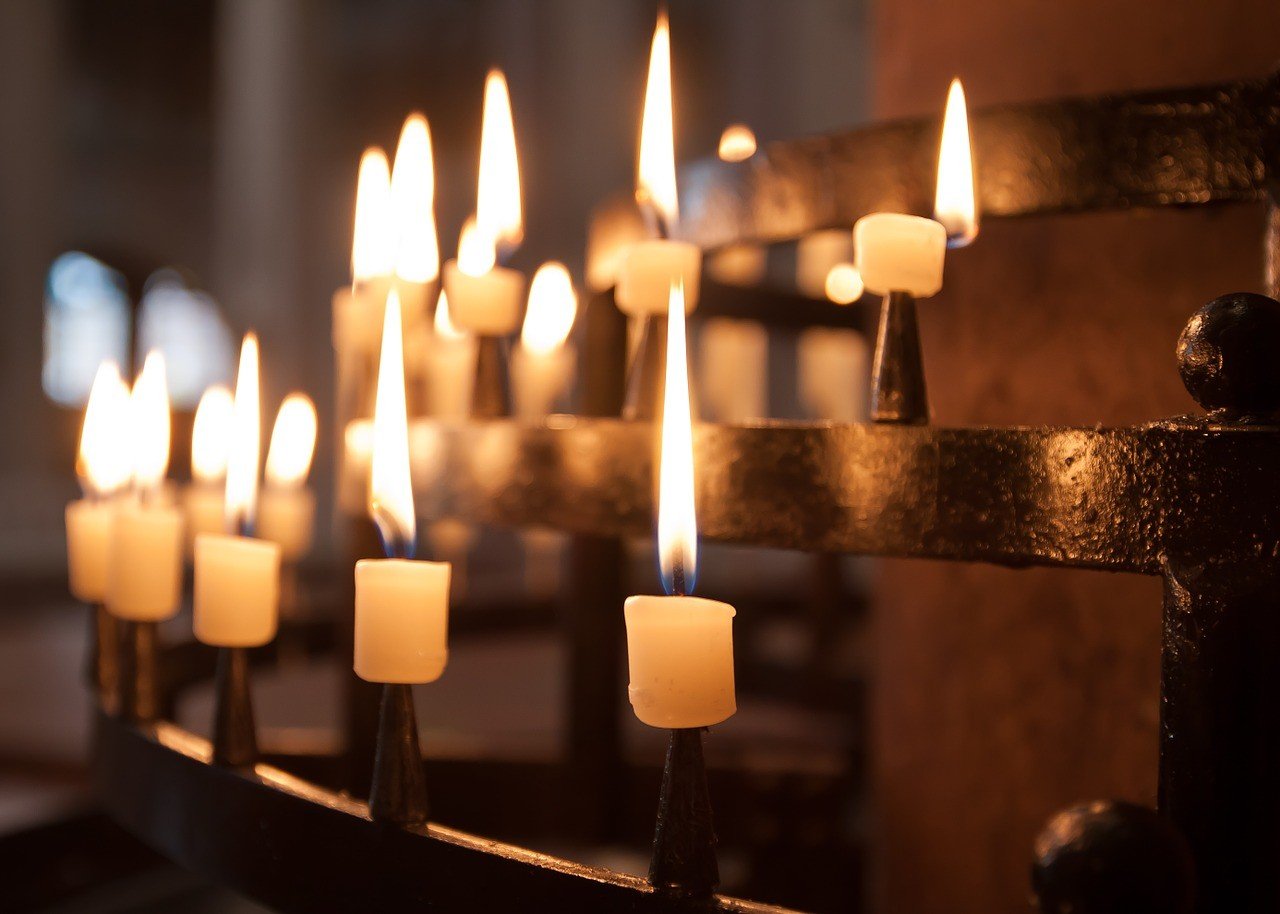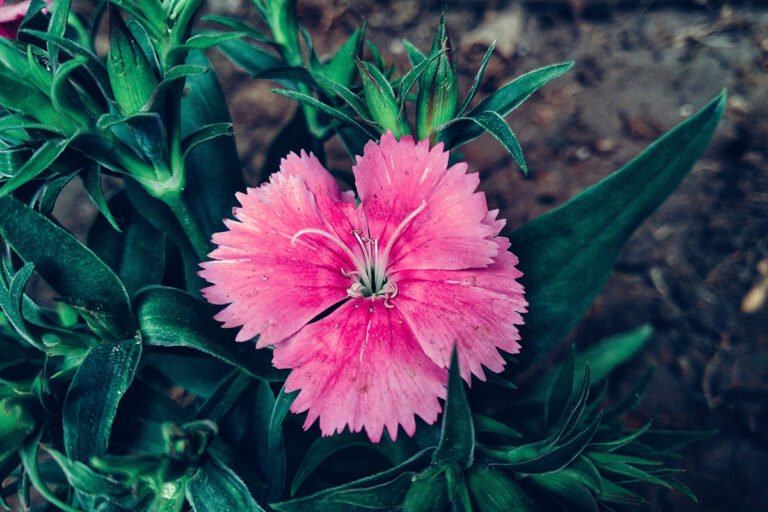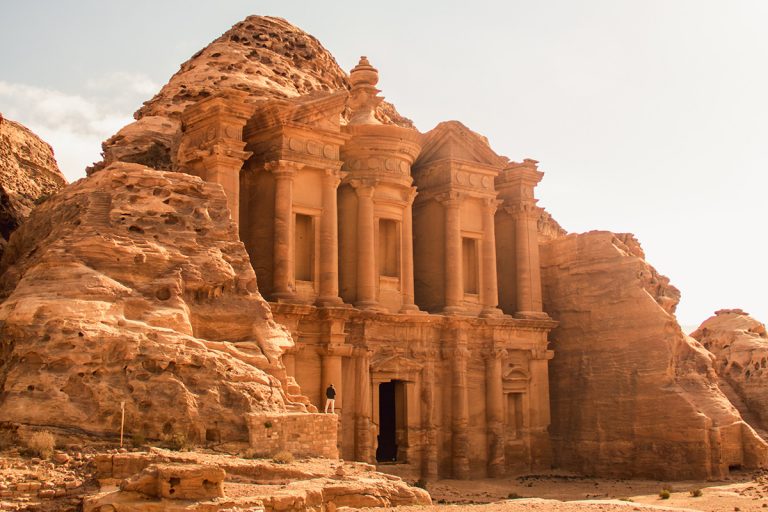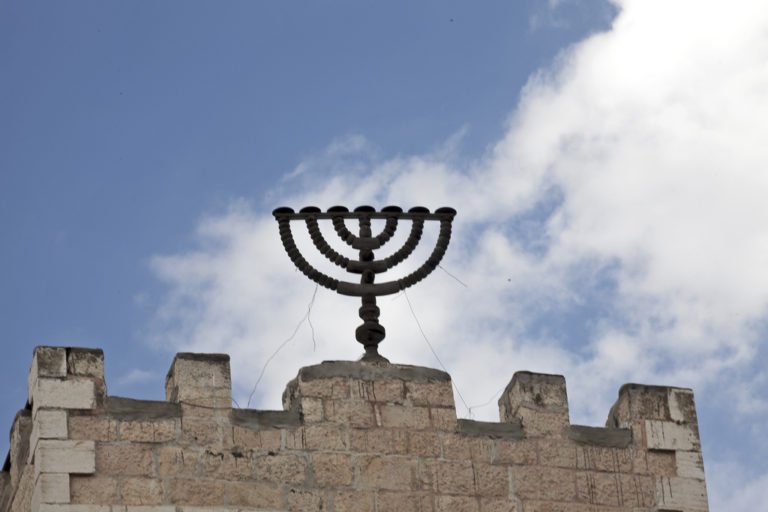The Bronze Altar
27 “You shall make the altar of acacia wood, five cubits long and five cubits broad. The altar shall be square, and its height shall be three cubits. And you shall make horns for it on its four corners; its horns shall be of one piece with it, and you shall overlay it with bronze. You shall make pots for it to receive its ashes, and shovels and basins and forks and fire pans. You shall make all its utensils of bronze. You shall also make for it a grating, a network of bronze, and on the net you shall make four bronze rings at its four corners. And you shall set it under the ledge of the altar so that the net extends halfway down the altar. And you shall make poles for the altar, poles of acacia wood, and overlay them with bronze. And the poles shall be put through the rings, so that the poles are on the two sides of the altar when it is carried. You shall make it hollow, with boards. As it has been shown you on the mountain, so shall it be made.
The Court of the Tabernacle
“You shall make the court of the tabernacle. On the south side the court shall have hangings of fine twined linen a hundred cubits long for one side. Its twenty pillars and their twenty bases shall be of bronze, but the hooks of the pillars and their fillets shall be of silver. And likewise for its length on the north side there shall be hangings a hundred cubits long, its pillars twenty and their bases twenty, of bronze, but the hooks of the pillars and their fillets shall be of silver. And for the breadth of the court on the west side there shall be hangings for fifty cubits, with ten pillars and ten bases. The breadth of the court on the front to the east shall be fifty cubits. The hangings for the one side of the gate shall be fifteen cubits, with their three pillars and three bases. On the other side the hangings shall be fifteen cubits, with their three pillars and three bases. For the gate of the court there shall be a screen twenty cubits long, of blue and purple and scarlet yarns and fine twined linen, embroidered with needlework. It shall have four pillars and with them four bases. All the pillars around the court shall be filleted with silver. Their hooks shall be of silver, and their bases of bronze. The length of the court shall be a hundred cubits, the breadth fifty, and the height five cubits, with hangings of fine twined linen and bases of bronze. All the utensils of the tabernacle for every use, and all its pegs and all the pegs of the court, shall be of bronze.
Oil for the Lamp
“You shall command the people of Israel that they bring to you pure beaten olive oil for the light, that a lamp may regularly be set up to burn. In the tent of meeting, outside the veil that is before the testimony, Aaron and his sons shall tend it from evening to morning before the LORD. It shall be a statute forever to be observed throughout their generations by the people of Israel.
(ESV)
Exodus 27 Commentary
by Brad Boyles
“You shall charge the sons of Israel, that they bring you clear oil of beaten olives for the light, to make a lamp burn continually.
Exodus 27:20 NASB
Light is the essence of God. This description is used continually to describe His presence.
For with You is the fountain of life; In Your light we see light.
Psa 36:9
O send out Your light and Your truth, let them lead me; Let them bring me to Your holy hill And to Your dwelling places.
Psa 43:3
Come, house of Jacob, and let us walk in the light of the LORD.
Isa 2:5
It’s interesting to dive deep into Scripture to see the consistent themes that stick out from beginning to end. For instance, here in Exodus (second book of the Bible), God is placing His presence with Israel in the temple, and the representation of that existence is found in the burning lamp that is lit continuously. The reason for this is obvious. Israel needed the Lord’s presence to deal with their sin condition, and they needed Him continually.
In Revelation (last book of the Bible) we see the same metaphor being used.
Revelation 4:5 NASB Out from the throne come flashes of lightning and sounds and peals of thunder. And there were seven lamps of fire burning before the throne, which are the seven Spirits of God;
The number 7 indicates a divine completeness, or, wholeness. From this passage, which gives us a glimpse of God’s throne, we again see the burning lamps. Also in Revelation, John sees Jesus standing among the 7 lampstands that represent the 7 churches. What does all this mean?
Very simply, we can understand that God’s Spirit has always been represented by fire and light. It’s a consistent theme. Today believers have the Holy Spirit which burns brightly in our temple (physical bodies) as the presence of God. He has placed His image in us to proclaim His glory to the world. When we read about the temple in Exodus, we should think about how powerful this metaphor is for the manifestation of God’s glory in our own personal lives. Just as the priests were given specific duties to manage their temple, we must take great care of our temple which contains the powerful burning flame of God’s Spirit within us.




